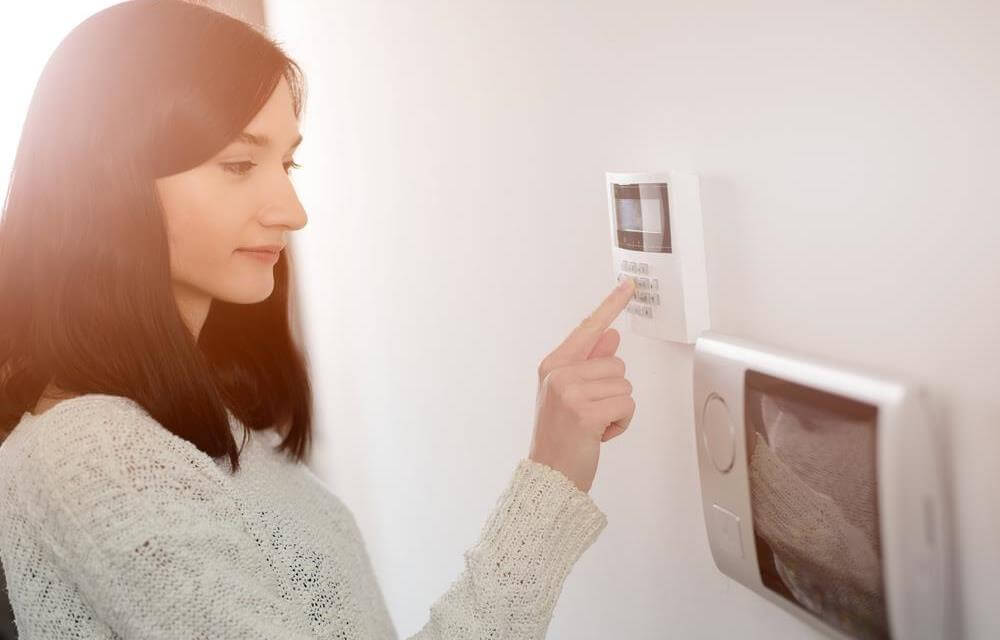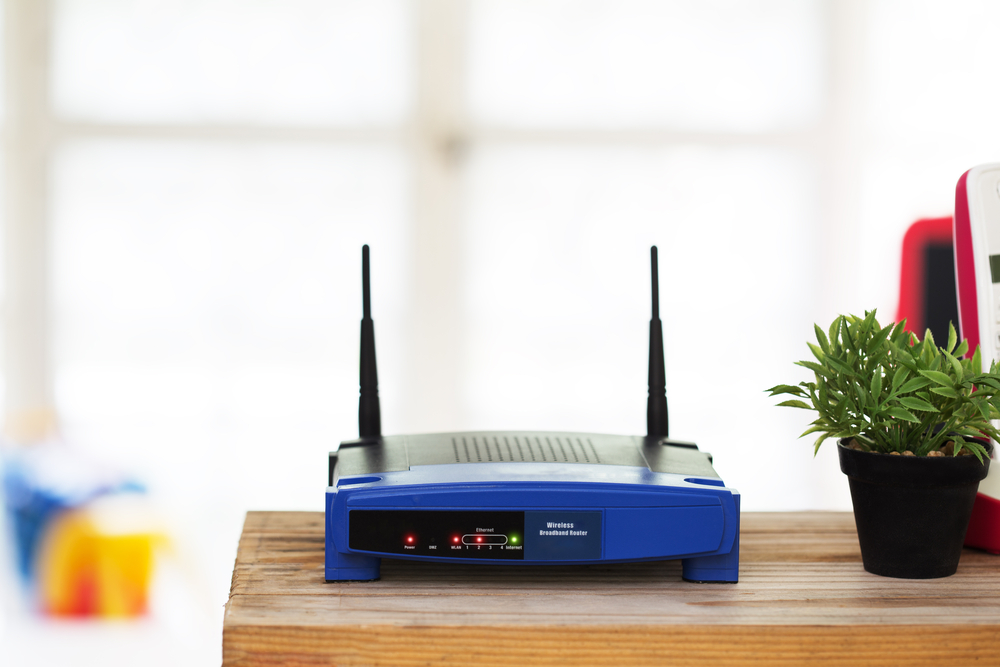Comprehensive Strategies to Detect and Disable Signal Blockers for Improved Communication Security
This comprehensive article explores the importance of detecting and disabling signal blockers, also known as jammers. It covers warning signs, detection methods, legal considerations, and practical steps to protect your wireless communication. Essential for individuals, businesses, and security professionals, the guide emphasizes safe and lawful ways to maintain uninterrupted connectivity and security against malicious signal interference.

Comprehensive Strategies to Detect and Disable Signal Blockers for Improved Communication Security
In our increasingly connected world, maintaining seamless communication is vital for both personal and professional reasons. However, the presence of signal blockers—also known as jammers—poses a significant threat to this connectivity. These devices are designed to interfere with your mobile phone signals, WiFi networks, radio communications, and even signal boosters, effectively disrupting normal communication channels. Understanding how to identify, locate, and disable these malicious devices is essential to restoring your wireless connectivity and ensuring your safety and security.
Understanding Signal Blockers
Signal blockers operate by emitting radio frequency signals that interfere with the communication between your devices and cellular towers or WiFi routers. They are often powerful and capable of covering large areas, making detection a challenging task. These devices are commonly used for malicious purposes such as eleminating surveillance, preventing communication during criminal activities, or even for arbitrary interference at sensitive locations. While some signal jammers are legally used—for instance, by law enforcement in specific scenarios—most civilian use of such devices is illegal and can result in severe penalties.
How to Recognize the Presence of Signal Blockers
One of the most straightforward ways to detect a signal jammer is to observe the abrupt loss or weakening of signals on your device. If your mobile phone suddenly shows no service, minimal bars, or a complete signal blackout in a particular area, it might indicate the presence of a signal blocker. If multiple people in the same location experience similar issues, this further suggests malicious interference rather than technical problems with individual devices.
Additional signs include irregular or fluctuating signal strength, difficulties connecting to WiFi networks, or interference with radio communication. Sometimes, devices might exhibit a sudden failure to connect or maintain a stable connection despite being within range of a functioning cellular tower or WiFi router.
Detecting signal jammers with basic tools is challenging but not impossible. Several specialized apps can scan for anomalies or unusual activity in your network, yet their effectiveness remains limited without access to sophisticated detection equipment. Devices used by professionals or law enforcement agencies often employ spectrum analyzers and other high-grade tools capable of identifying specific frequencies emitted by jammers. For most users, recognizing warning signs is the first step towards taking action.
Methods to Identify and Neutralize Signal Blockers
While basic detection relies on observation, there are some practical steps you can take to verify suspicions. For example, moving away from the suspected area or altering your device’s operating frequency can sometimes restore service if a jammer is at play. If the signal returns once you are outside a certain radius—typically around 30 feet—this hints at the presence of a signal blocker nearby.
Advanced detection involves using specialized equipment such as spectrum analyzers, which can visually display the various frequencies being emitted in a particular environment. These tools can help pinpoint the exact location of the jammer, enabling targeted removal.
Deactivating a detected signal jammer involves physically locating the device—often hidden or embedded in unusual objects—and switching it off or removing it. In some cases, you may need to involve security personnel or law enforcement, especially if the device is suspected to be illegally operated or owned.
It's crucial to remember that operating or possessing signal jammers without proper authorization is illegal in many jurisdictions, including under U.S. federal law. Report any suspicions to local authorities or agencies such as the Federal Communications Commission (FCC). Engaging in illegal activities involving jammers can lead to significant penalties, including fines and imprisonment.
Legal Considerations and Safety Tips
Understanding the legal landscape surrounding signal jammers is critical. Their use is strictly regulated because they can interfere with emergency communications, vital services, and public safety operations. Unauthorized use can result in criminal charges, so exercise caution and report any concerns to appropriate authorities.
To safeguard your wireless communications, consider implementing secure network configurations, using signal dispute detection tools, and remaining aware of common signs of interference. Proper maintenance of your devices and regular checks can reduce vulnerability to malicious interference.
In conclusion, the threat posed by signal blockers is real and escalating. Recognizing the signs early, employing appropriate detection methods, and understanding the legal implications of countermeasures are essential steps to protect your communication channels. Whether for personal safety, business security, or confidentiality, knowing how to deal with signal jammers empowers you to maintain uninterrupted connectivity in an increasingly wireless world.





